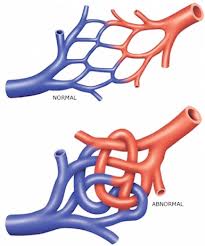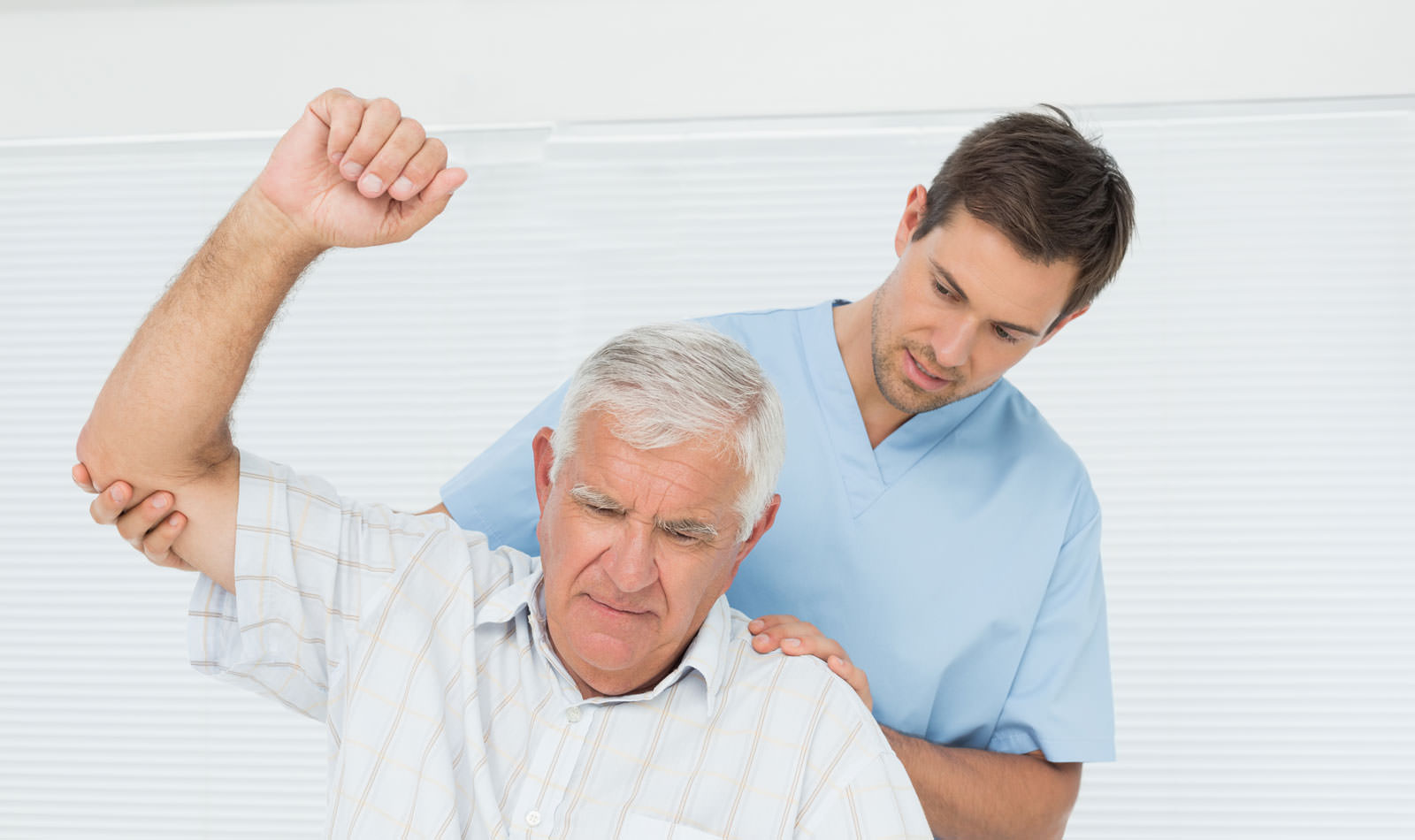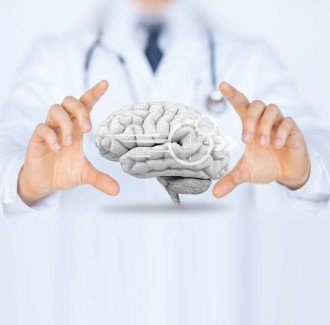 Vascular Stroke is the result of an acute damage to the vessels that feed the brain with blood. The damage to the blood vessels may be a clogged clot, stenosis from atherosclerotic plaques or rupture of the vessels.
Vascular Stroke is the result of an acute damage to the vessels that feed the brain with blood. The damage to the blood vessels may be a clogged clot, stenosis from atherosclerotic plaques or rupture of the vessels.
This results in insufficient blood supply to specific areas in the brain leading to dysfunction and damage to these areas. The symptoms of stroke may be kinetic, physical, psychological as well as behavioral disorder.
Symptoms depend on the area of the brain affected by the episode and can be manifested by:
- sudden numbness and weakness on one side of the body and face,
- sudden confusion, inability to speak or understand,
- sudden weakness of vision in one or both eyes,
- difficulty in walking, dizziness and loss of balance or coordination,
- sudden intense headache, etc.
The stroke can affect people of all ages regardless of gender. Most episodes occur in people over 65 years of age.
There are several factors that increase the likelihood of a stroke, such as:
- arterial hypertension,
- diabetes,
- high levels of cholesterol,
- sleep apnea,
- smoking,
 alcoholism,
alcoholism,- lack of physical activity,
- diseases associated with blood clotting e.g. thrombophilia,
- use of narcotic drugs such as cocaine and amphetamines,
- cardiac conditions such as heart failure and atrial fibrillation,
- treatment with estrogen / contraceptives, etc.
Treatment of stroke is pharmaceutical and, in some cases of bleeding, even acute surgery. The treatment of the effects of stroke at a later stage is as much pharmaceutical as with special rehabilitation programs applied at the Veresies Clinic.

